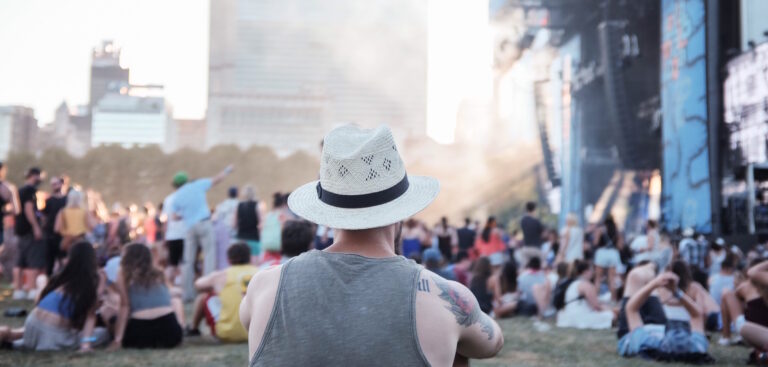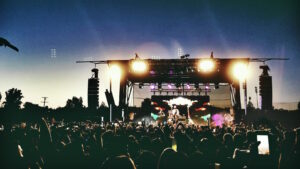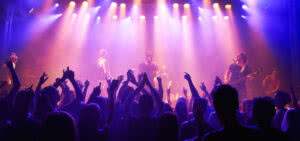Looking to differentiate your music festival’s brand? Dave Graham has got your back.
Graham is the Producer of BottleRock, a Napa Valley festival that began in 2013 and has seen skyrocketing sales each year since. In 2015, the three-day music, wine, food, and craft brew festival completely sold out.
Wondering how Graham and team transformed a new festival into a sold-out phenomenon? Read on to learn his three-step process for developing music festival branding that thrills fans.
Get even more advice from Graham and other top festival producers in the Festival Growth Guide.
1. Figure out what sets your festival brand apart
What sets your brand apart? From the activities, to the decor, to the mix of participating vendors, figuring out what makes your music festival unique will help you plan stronger promotions that resonate with your fans.
BottleRock’s point of differentiation centers around what they call “Napatism”—infusing the culture of Napa Valley into every element of their festival.
“If you come to Napa for a day, best-case scenario you can visit three or four wineries,” Graham says. “At BottleRock, you can visit 30 wineries in a day, with decor and furniture that you would encounter at the actual wineries. For an elevated experience, you can roll Platinum; you’ve got Michelin chefs cooking you food, master sommeliers pouring you exclusive wines, access to the stages, and meet-and-greets with the performing artists.”
2. Define your festival’s brand promise—and put it in writing
“Delivering a brand and a promise is both an art and a science,” Graham says. “It’s finding that anchor in your business, and aligning your business to that anchor.”
So how do you find out what anchors your festival? Start by thinking back to your roots. It might be something simple, like your venue or the local culture, that defines your brand identity.
“When someone thinks Napa Valley, they think food and wine,” Graham says. “Why not deliver on that promise rather than trying to create something entirely new? That’s been our goal—to deliver on that brand promise—and we continue to raise the bar.”
Once you identify your brand promise, put it in writing. A brand playbook should set clear guidelines for how your brand looks, feels, and sounds across all of your communications. From your festival’s registration page to your giveaway bags, a brand playbook is critical to developing a successful music festival marketing plan.
3. Find the right fit with sponsors
Finding sponsors that align with your brand promise should be your first priority. Though it may be tempting, don’t be afraid to say no to programs that stray from your music festival branding.
“Shiny, dangly objects can be tempting, but focus on what’s core to your brand,” Graham says. “As all of these opportunities come to us, sponsorship or otherwise, we ask ourselves: ‘Is it in line with the brand promise?’ You need sponsorship money, but at what cost?”
In the long run, staying true to your brand will give you the bigger payoff. And when you choose sponsors that really fit with your festival brand, you can come up with surprising and creative pairings.
For example, BottleRock took an eclectic twist on experiential marketing with two of their partners: Iron Chef Morimoto and rapper Snoop Dogg. The pair held an onstage sushi rolling demonstration. Unusual? Perhaps. A memory the huge audience of fans would tell their friends for months to come? Most definitely.
Want to learn more music festival branding secrets from producers of sell-out events? Check out the complete guide to festival growth.





